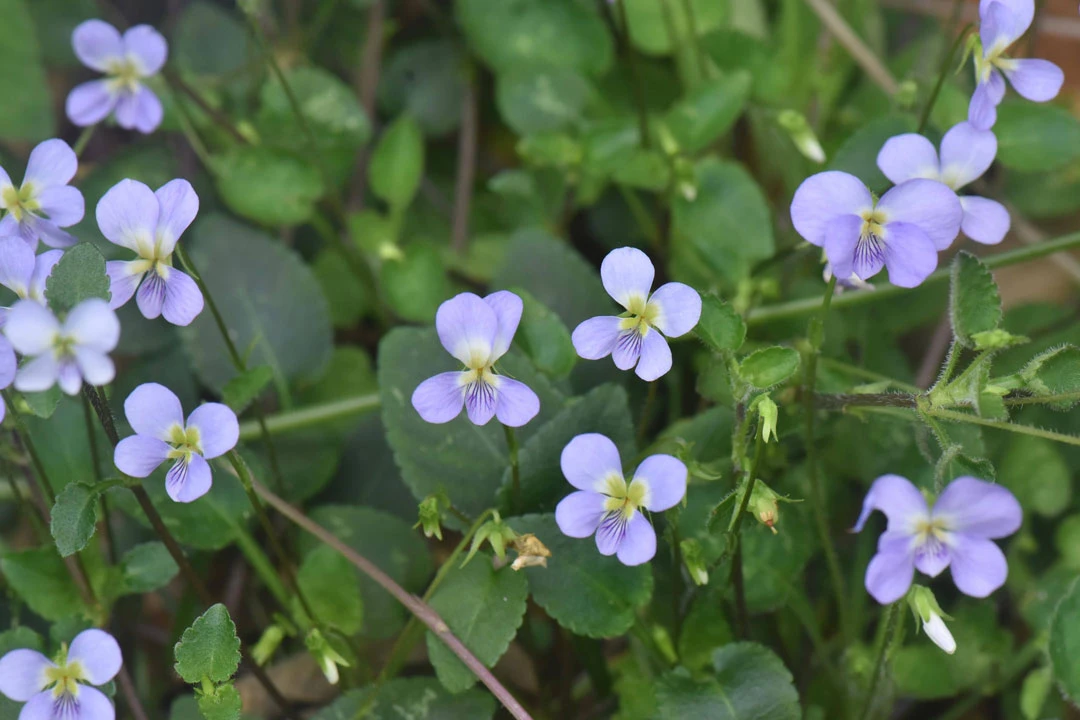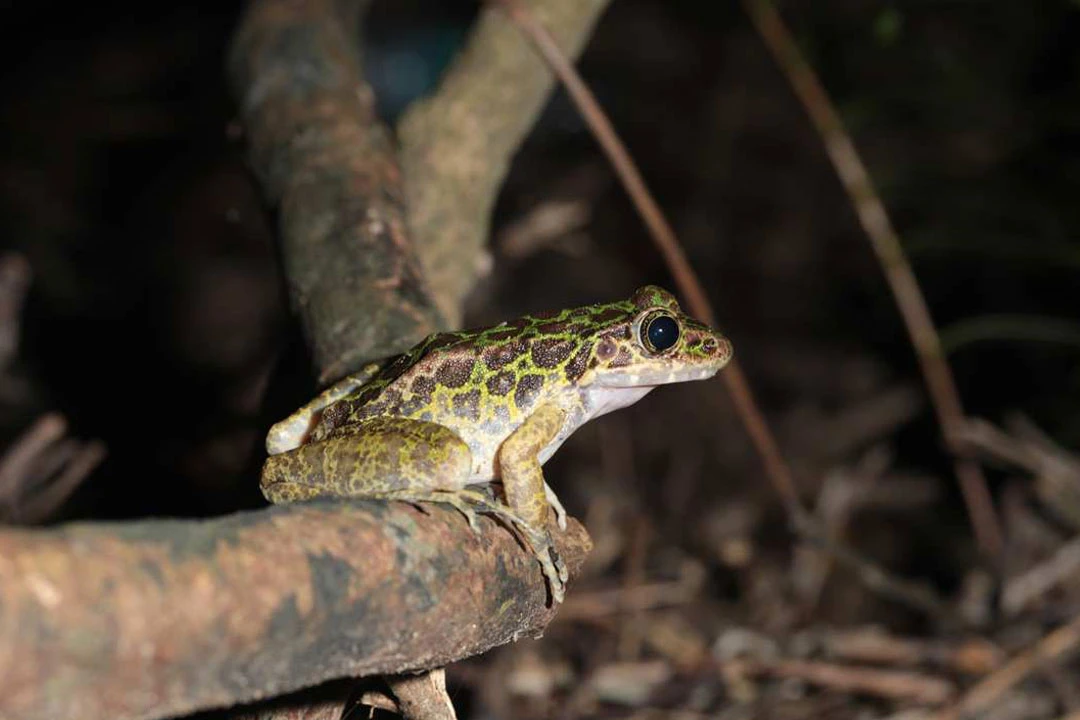Discoveries and Conservation Milestones
Guangdong Province, renowned for its vibrant economy and bustling cities, also boasts a rich tapestry of biodiversity that has been meticulously preserved and documented over the years. Recently, the 14th Standing Committee of the Guangdong Provincial People's Congress convened in Guangzhou for its eleventh session, highlighting significant strides in biodiversity conservation across the region.
The session featured a comprehensive report by the Guangdong Provincial People's Congress Standing Committee Special Research Group on the state of biodiversity conservation in the province. One of the standout revelations from the report was the discovery of over 60 new species of flora and fauna since 2020, including the Lotus Peak Spiny Frog, Chaozhou Lysimachia, Purple Short-Stamen Tea, Moss-Spotted Odorous Frog, and Lingnan Two-Headed Snake.
Guangdong Province, with its diverse ecological landscapes ranging from lush forests to coastal wetlands, hosts a staggering array of wildlife and plant species. The report detailed the presence of 6,658 species of higher plants and 1,052 species of terrestrial vertebrates, reflecting the province's biological richness and ecological significance.
In recent years, Guangdong has made substantial advancements in biodiversity monitoring and conservation efforts. The establishment of a robust biodiversity monitoring network, including designated monitoring plots and transects within natural reserves, has facilitated specialized monitoring programs for endangered species such as the Chinese White Dolphin and the Chinese Pangolin, as well as the migratory patterns of coastal birds.
Integrating Parks and Wildlife Centers for Sustainable Preservation
The province has adopted a dual approach to conservation, focusing on both in situ and ex situ preservation strategies. In situ conservation efforts are primarily centered around the development of national parks and natural reserves. Projects like the Guangdong Lingnan National Park and Danxia Mountain National Park have been pivotal in integrating and optimizing natural reserve areas, laying the foundation for a comprehensive in situ conservation framework. Guangdong currently boasts 1,361 natural reserves covering a total area of 3.0672 million hectares.
Ex situ conservation initiatives in Guangdong have been equally ambitious, aiming to safeguard biodiversity through relocation and preservation in controlled environments. The province has established nine national-level conservation centers, strategically positioned to support a network that includes botanical gardens, zoos, propagation bases, and relocation centers. At the heart of this effort lies the South China Botanical Garden, a cornerstone for ex situ conservation, which has successfully relocated and protected over 643 endangered plant species and 337 nationally protected species, representing over 80% of South China's endangered flora.
Protecting Key Species
Guangdong's commitment to biodiversity extends to the protection of key species critical to ecosystem balance and resilience. Specialized conservation projects have been implemented for flagship species like the Chinese Pangolin, South China Tiger, Crocodile Lizard, and sea turtles. Additionally, initiatives have been launched to rescue and protect critically endangered plant species with minuscule populations, such as the Purple-Spotted Orchid and the Xianhu Tree Fern. These projects encompass a spectrum of activities including ex situ propagation, genetic resource preservation, and successful reintroduction into natural habitats.
Challenges and Future Directions
Despite these achievements, Guangdong faces ongoing challenges in biodiversity conservation, including habitat fragmentation, urbanization pressures, and climate change impacts. Moving forward, the province aims to enhance ecological corridors, strengthen biodiversity laws and regulations, and integrate conservation efforts with sustainable development practices.
Guangdong Province's comprehensive approach to biodiversity conservation stands as a model for regions worldwide grappling with environmental preservation amidst rapid development. By combining innovative conservation strategies, robust monitoring networks, and community engagement, Guangdong not only safeguards its natural heritage but also ensures a sustainable future where biodiversity thrives alongside economic progress.
As the province continues to evolve, its commitment to biodiversity conservation remains steadfast, setting a precedent for global conservation efforts in the face of environmental challenges.



